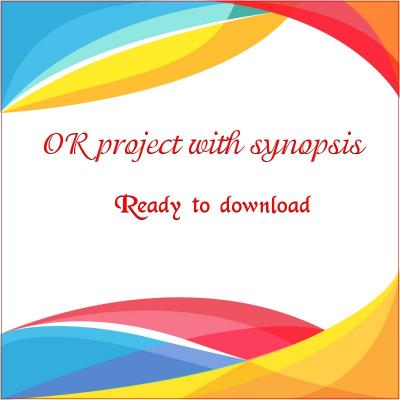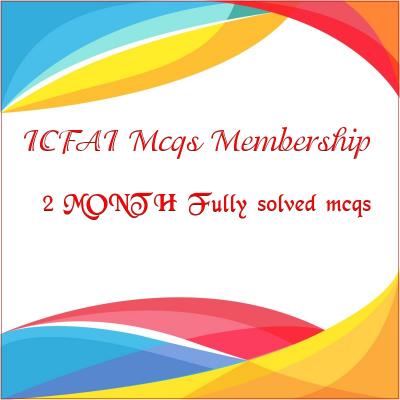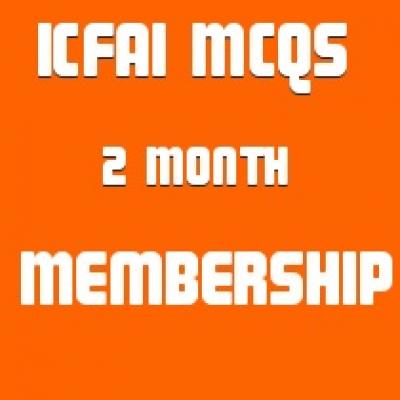FOREIGN EXCHANGE MANAGEMENT
Price:
Rs500
Part One:
Q1. It is established to help countries in reconstructing their economies in the post World War II?
-
International Monetary Fund
-
World Bank
-
International Finance Corporation
-
International Development Association
Q2. The exchange rates which is variable between currencies and determined by demand and supply
-
Floating Exchange Rate System
-
Free Float
-
Fixed Exchange Rate System
-
Managed float
Q3. The branches which do not maintain independent foreign currency accounts but have powers to operate the accounts falls under
-
Category A
-
Category C
-
Category B
-
Category D
Q4. _____ quote is given by a bank to its retail customers
-
Merchant Quote
-
American Quote
-
Interbank Quote
-
European Quote
Q5. To take the base rate and add the appropriate margin to it is an
-
Spot TT Buying Rate
-
Forward TT Buying Rate
-
Spot TT Selling Rate
-
Forward TT Selling Rate
Q6. Which of the following is not an assumption to Law of One Price
-
Movement of Goods
-
No Tariffs
-
No Transaction Costs
-
Relative Form of PPP
Q7. The approach in which the value of a currency is determined by the relative demand and supply of money and, the relative demand and supply of bonds is
-
The Monetary Approach
-
Exchange Rate Volatility Approach
-
The Asset Approach
-
The Portfolio Balance Approach
Q8. Which of the following is the most important currency in the world after the collapse of BrettenWoods
-
Yen
-
Sterling
-
US Dollar
-
DM
Q9. Option Forward is a
-
Forward Contract entered along with buying a call option.
-
Forward Contract entered along with writing a put option
-
Forward Contract entered by buying or selling at a future date.
-
Forward Contract entered by buying or selling over a period.
Q10. Hedging aims to
-
Increase Profits c. Reduce Costs
-
Maximize Profits d. Minimize Risk
Part Two:
Q1. Differentiate between Forward Rates and Expected Spot Rates?
Q2. Write a note on ‘Swaps’?
Q3. Differentiate between Bid Rate and Ask Rate?
Q4. Write a note on ‘Interest Rate Parity’?
Q5. How does the international asset swap mechanism work? Explain.
Q7. Discuss the various benefits of international asset swaps.
Q8. What measures according to you the RBI should take to manage rupee-dollar exchange rates?
Q9. Do you think appreciation of rupee against dollar have any significant adverse impact on the Indian economy? Discuss.
Q10. How many types of Exposures are there in terms of Exchange Risk?
Q11. Write a note on
-
International Monetary Fund
-
International Finance Corporation
-
International Development Association
1. Case study solved answers
2. pdf/word
3. Fully Solved with answers







